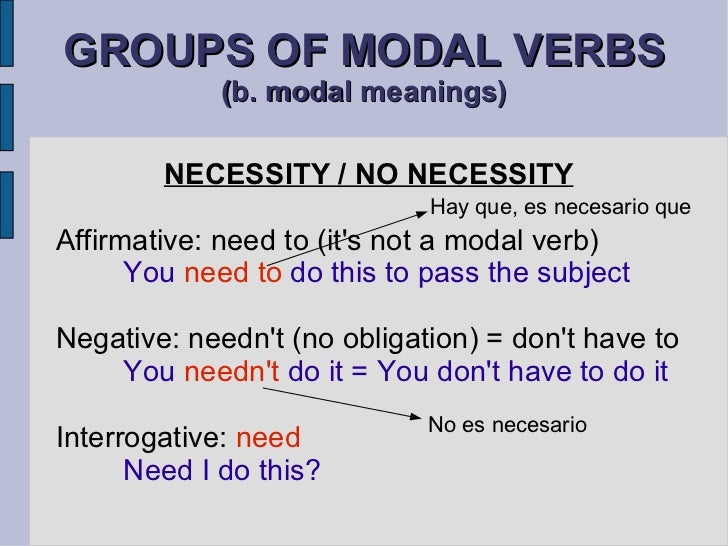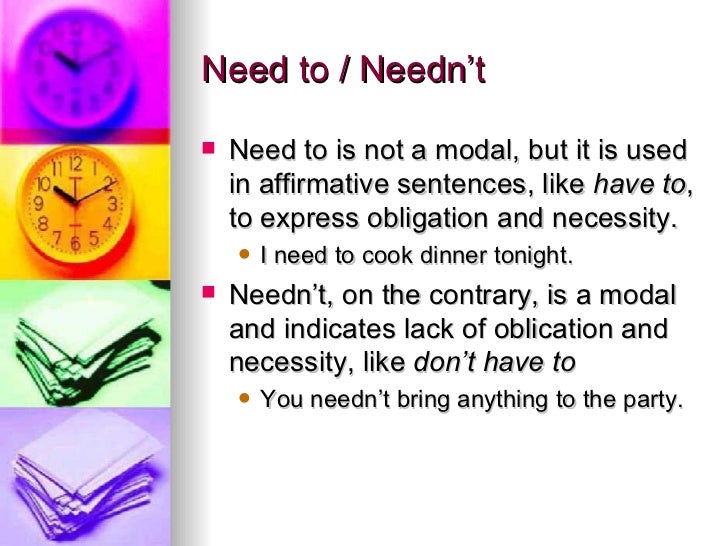Too equivale al español "demasiado".
Se utiliza siempre delante de los adjetivos o adverbios que modifica.
He arrived too late.El llegó demasiado tarde.
Luego del adjetivo, puede agregarse "to" más un verbo.
Es demasiado joven para conducir.
Si se usa con sustantivos, significa "demasiado/a/os/as" y va siempre seguido de many o much, dependiendo del tipo de sustantivo contable o incontable.
There are too many people.Hay demasiada gente.
There is too much shadow.Hay demasiada sombra.
Enough equivale al español "lo sufucientemente".
Se utiliza siempre después de los adjetivos o adverbios que modifica.
I arrived early enough.Llegué lo suficientemente temprano.
También puede ser seguido de "to" más un verbo.
Si se usa con sustantivos, significa "suficiente/s" y va siempre antes.
There aren't enough chairs for everyone.No hay suficientes sillas para todos.
There isn't enough light.No hay suficiente luz.





Exercise 1
Completa los recuadros usando el adjetivo que se encuentra entre paréntesis con too o enough.
“Enough” y “too” se utilizan como calificadores con adjetivos, adverbios y nombres para indicar un grado de cantidad.
Enough (Suficiente)
“Enough” es un adjetivo que se usa para indicar que es suficiente o igual que lo necesario. Se puede utilizar con otros adjetivos, adverbios o nombres.
1. Con adjetivos y adverbios:
adjetivo/adverbio + “enough”
Ejemplos:
| Heather is old enough now to make her own decisions.(Heather es lo suficientemente mayor ahora para tomar sus propias decisiones.) |
| Victor doesn’t speak English well enough for the job.(Victor no habla suficientemente bien el inglés para este trabajo.) |
| The apartment is big enough for three people.(El piso es lo suficientemente grande para tres personas.) |
| Ben runs fast enough to win the race.(Ben corre lo suficientemente rápido como para ganar esta carrera.) |
| We aren’t working hard enough! We are never going to finish this project.(No trabajamos lo suficientemente duro. Nunca acabaremos este proyecto.) |
2. Con nombres:
“enough” + nombre
Ejemplos:
| I don’t have enough time to finish all this work!(No tengo tiempo suficiente para acabar este trabajo.) |
| Is there enough wine for everyone to try?(¿Hay suficiente vino para que todos lo prueben?) |
| Don’t worry, they have enough space in the car for all of us.(No se preocupe, tienen sitio suficiente en el coche para todos nosotros.) |
Nota: Podemos reemplazar “enough” por “the” para indicar la misma cosa. Compare los ejemplos de arriba y abajo.
Ejemplos:
| I don’t have the time to finish all this work!(No tengo tiempo para acabar este trabajo.) |
| Don’t worry, they have the space for all of us.(No se preocupe, tienen sitio para todos nosotros.) |
Nota: También podemos utilizar “enough” sin un nombre cuando está claro a que nos referimos.
Ejemplos:
| Would you like some more coffee? No, I’ve had enough, thank you.(¿Le gustaría un poco más de café? No, he tenido suficiente, gracias.) |
| Do you have enough to pay for this?(¿Tienes suficiente para pagar esto?) |
3. Podemos usar “enough” con un adjetivo y un nombre, pero el sentido de la frase cambia con la posición de “enough”.
Ejemplos:
| Is there enough hot water}?(¿Hay suficiente agua caliente?) |
| Is there hot enough water?(¿Hay agua suficientemente caliente?) |
4. “Enough of”
“enough of” + determinante [articulo o pronombre]
Ejemplos:
| I’ve been in enough of these situations to know better!(He estado en bastantes situaciones de estas como para conocer mejor.) |
| We’ve had enough of your complaints. Don’t you have anything positive to say?(Tenemos bastante con tus quejas. ¿No tienes nada positivo que decir?) |
| Michael has studied enough of the possibilities to make a good decision.(Michael ha estudiado bastantes de las posibilidades como para tomar una buena decisión.) |
Too (Demasiado)
“Too” es un adverbio que indica que hay una cantidad más que suficiente.
1. Con un adjetivo o un adverbio:
“too” + adjetivo/ adverbio
Ejemplos:
| You are too young to understand.(Eres demasiado joven para entender.) |
| Claire is too irresponsible to have a dog.(Claire es demasiado irresponsable como para tener un perro.) |
| It’s too early to go to bed.(Es demasiado temprano para ir a la cama.) |
Nota: Podemos usar “enough” en una frase negativa para indicar que algo no es suficiente. Compara los ejemplos de arriba con los de abajo.
Ejemplos:
| You are not old enough to understand.(No eres lo suficientemente mayor para entender.) |
| Claire is not responsible enough to have a dog.(Claire no es lo suficientemente responsable como para tener un perro.) |
2. Cuando usamos “too” con nombres, utilizamos las expresiones “too many” o “too much”.
“too many” + nombre contable
“too much” + nombre incontable
Ejemplos:
| There are too many students in the classroom.(Hay demasiados estudiantes para esta clase.) |
| Is there too much sugar in your coffee?(¿Hay demasiado azúcar en tu café?) |
| My daughter has too many shoes, she doesn’t need any more!(Mi hija tiene demasiados zapatos, no necesita más.) |
| There is too much work for just one person!(Hay demasiado trabajo para una sola persona.) |
3. “Too much of” o “Too many of”
“too many of” + determinante + nombre contable
“too much of” + determinante + nombre incontable
Examples:
| His problem is that he spends too much of his time playing video games!(Su problema es que pasa demasiado tiempo jugando a videojuegos.) |
| That’s enough. You have already eaten too many of the chocolates!(Basta ya. Ya has comido demasiados bombones.) |





